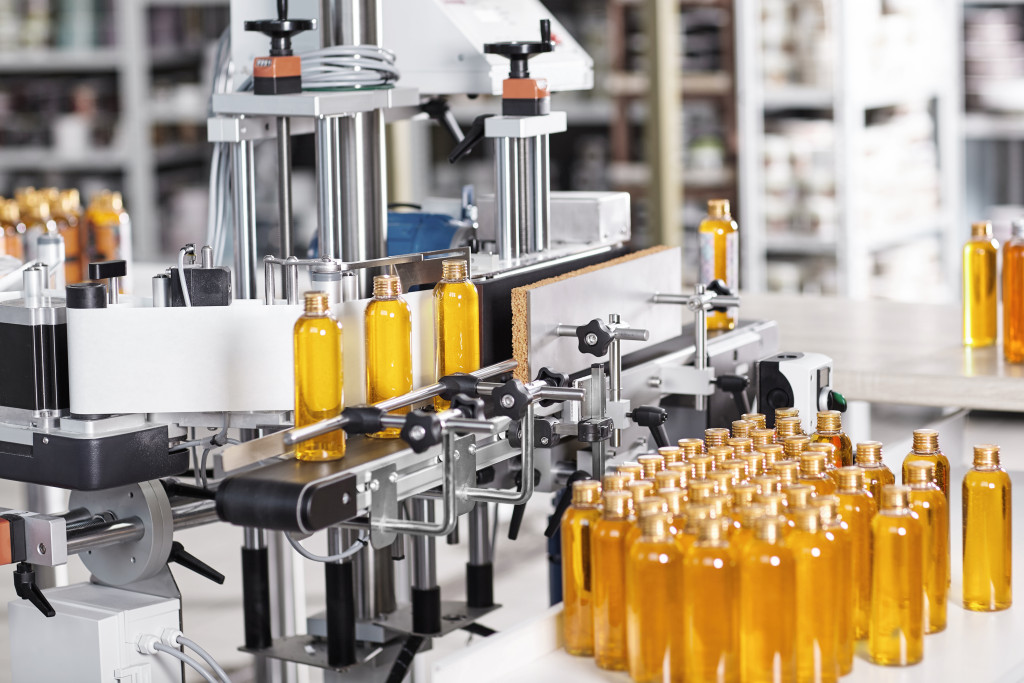Making small tweaks to your manufacturing process can make a significant impact on your bottom line. Even minor changes can result in increased efficiency and cost savings. You want your manufacturing process to be as efficient as possible, and these simple changes can help you achieve that goal. Here are a few ideas to get you started.
1. Remove unnecessary steps
Every manufacturing process has steps that may be unnecessary. Take a close look at your strategy and see if you can eliminate any steps without affecting the quality of your product. By removing these steps, you’ll be able to streamline your process and improve efficiency.
For example, if you’re still using paper-based time cards to track employee hours, you can eliminate this by switching to an electronic timekeeping system. This will save you time and money by eliminating printing and distributing paper time cards. You may also be able to eliminate steps in your manufacturing process by investing in new technology or automating specific tasks.
Some manufacturing processes are too complex and can’t be streamlined without compromising quality. In these cases, it’s best to focus on reducing waste and increasing efficiency in other areas.
2. Invest in more convenient equipment and machinery
Some manufacturing processes require the use of outdated or inconvenient equipment. If this is the case in your business, consider investing in newer, more convenient equipment. This will make your manufacturing process more efficient and help you save time and money.
For example, if you use water to cool your machinery, you can invest in a commercial water treatment system. This will purify the water and make it easier to use, saving time from cleaning stains and blockages. You can also use a filtration system to reduce the time needed to clean your equipment.
Other pieces of equipment, such as conveyor belts and assembly lines, can also be upgraded to newer models that are more efficient. You can also purchase new equipment designed to be more ergonomic and user-friendly. This will help your employees work faster and easier, improving the efficiency of your manufacturing process.

3. Improve your layout
The factory layout can also impact your manufacturing process’s efficiency. If your factory is cluttered or poorly organized, it can make it difficult to move materials and equipment around, which can slow down your process. Consider reorganizing your factory layout to improve the flow of materials and reduce congestion.
You can use storage racks and shelves to organize your materials and color-coded labels to help you keep track of where things are located. It would be best if you also created aisles and walkways wide enough to accommodate the movement of materials and equipment. Some factories also use conveyor belts to move materials from one area to another. By improving the layout of your factory, you can improve the efficiency of your manufacturing process.
4. Simplify your packaging process
Many manufacturers overlook the importance of streamlining their packaging process. But if you take the time to simplify your packaging process, you can save a lot of time and money.
Consider using packaging that requires less assembly. You can also automate your packaging process by investing in packaging machinery. This will help you save time and reduce the chances of errors. You can also use standardized packaging materials to simplify your process.
If your packaging process is still manual, you can streamline it by creating a packaging assembly line. This will help you save time by allowing your employees to work on multiple packaging tasks simultaneously. Simplifying your packaging process will help you improve the efficiency of your overall manufacturing process.
5. Implement just-in-time inventory management
Traditional inventory management systems can often lead to excessive stockpiling of products. This can take up valuable space in your factory and tie up your capital in inventory that you may not need. You may also end up with outdated products that you can’t sell.
To avoid these problems, you can implement a just-in-time inventory management system. Instead of stockpiling products, you will only produce the products you need when you need them. This will help you save factory space and reduce inventory costs. Some manufacturers also use just-in-time inventory management to reduce their lead times.
Just-in-time inventory management is a complex process, so you may need to hire a consultant to help you implement it. But the benefits of just-in-time inventory management are well worth the investment.
There are many simple adjustments that you can make to improve the efficiency of your manufacturing process. By making these simple adjustments, you can make your manufacturing operation more efficient. Remember, even minor improvements can significantly impact your bottom line. So don’t hesitate to implement these simple changes in your process.

